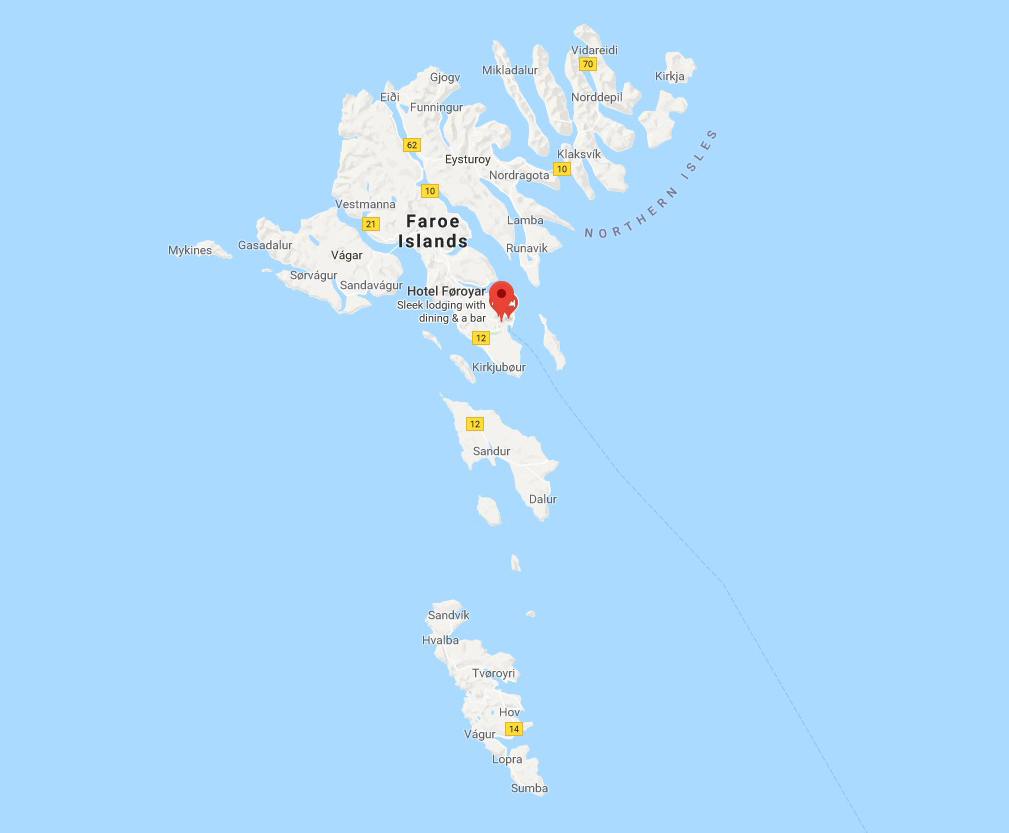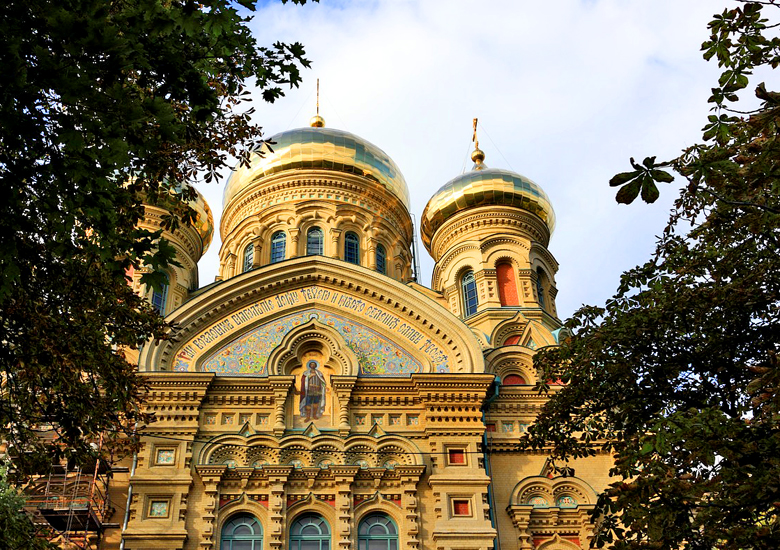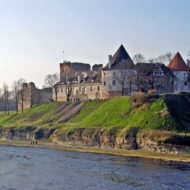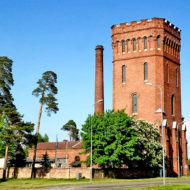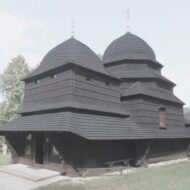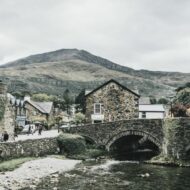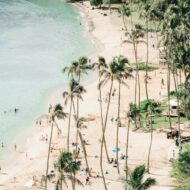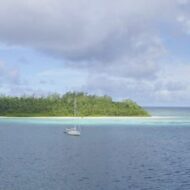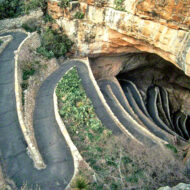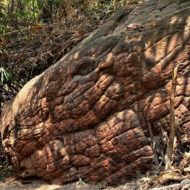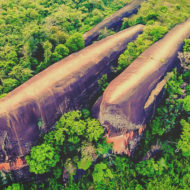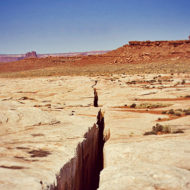Liepaja is a city in Latvia.Understand : Liepaja, a wonderful city of about 90,000 residents, is a gemstone, located on Latvia’s Baltic coast. It is Latvia’s third largest city (and arguably the next most important city after the capital Riga) and the former capital of Latvia during World War I. It is important for tourists to know that Liepaja city consists of two main areas of interest – 1) the city center, and 2) Karosta, the northern part of the city, which used to be a secret military town for the Russian Empire (hence many Tsar-time buildings) and the Soviet Union (brutal blocks of flats from the 1970s just next to a 110 years old orthodox cathedral). Both the city center and Karosta have great beaches, and you will be surprised how unspoiled and beautiful the central beach is, and how white and soft the sand is! Karosta is essentially another city, because it really has a different history and look from the rest of Liepaja Karosta is worth a separate visit. In Liepaja there is no place to be called `the old town`, but the center and surroundings are full of old, beautiful wooden buildings, lots of Art Nouveau – both wooden and in bricks, little irregular streets, etc. The center also includes the Seaside Park (Jurmalas parks) area, which has a fantastic white, soft sand beach; the park itself is great, too, with many nice buildings.
Liepaja is known as the city where wind was born (it`s part of the lyrics of a song of the same name, which was officially chosen as the anthem of the city, and characters of these lyrics are represented in 5 monuments in Kurmajas prospekts street). It is also known as the capital of music of Latvia, many famous Latvian musicians are exactly from Liepaja. It is a major center of culture, education, industry etc. Despite being relatively small, it is one of Latvia`s largest cities and has rich history, hence it`s very diverse architecture and rich heritage.
Access : Coordinates:56.511667, 21.013889/
Beaches What attracts tourists the most is probably the whitest and softest sandy beach. One part of it receives the Blue Flag every summer. It is a special indicator, showing that the beach is really good and safe to swim at etc. A very good thing about Liepaja beach is that it is rarely too crowded. And in the evening, night or early morning, or in winter season, you can sometimes find your self all alone in a magnificent beach, stretching as far as you can see. This is all about Vecliepaja and Dienvidrietumi beach, which are located in the central and southwestern part of the city. There are, however, other beaches in the northern part of the city, which is a very interesting place to visit (see Karosta – the former secret soviet military town). The central beach is the place where Latvia’s biggest music festival occurs every summer – the Baltic Beach Party.
Seaside Park, located in the center of the city, nearby the beach, is the most beautiful park of Liepaja. It has many different tree species, three stadiums, a concert-garden, a bowling center, minigolf, and in summer – summer cafeterias and many cultural events. You might also find some fountains there, and if you are lucky, you will see a squirrel running up the tree.
Amber clock, which is actually a sundial-shaped design object, is on the PROMENADE, and it is created of thousands of pieces of amber, donated by anyone who wanted to do so. The sundial shows time every hour on the hour, by a special light performance. The performance can be seen much better, when it is dark outside.
Craftman’s House Here you can see the longest amber necklace in the World (123 meters (403 ft), weight – almost 20 kg (44 lb)). You can also watch weavers working a creating beautiful tablecloths, skirts etc. Usually closed on weekends.
Open air markets : They are always something special for western tourists, but part of daily life for local people. There are many markets throughout the city, but the two most important and largest are Peter’s market (Petertirgus) and Anne’s market (Annas tirgus). Petertirgus is in the city center. It has big indoor and outdoor sections. In both you can find food and non-food items. There is a fish market in the basement of the indoor market building. Some craftworks can be bought outside, such as amber bracelets etc. This is the best place to buy local, ecologically clean fruit and vegetables, and July is strawberry time! Everything is relatively cheap. Annas tirgus is located one tram stop closer to the center than the bus/railway station, in Jaunliepaja. It is smaller, but has a big flea market section, where you can find many things from the Soviet era.
Liepaja Lake : Liepaja is surrounded by water. There are the Baltic Sea coast, two big lakes, some smaller ones, four channels in the city. The city, especially the southern part (Vecliepaja) is almost an island. Liepaja Lake is the fifth largest lake in Latvia. It is lagoona-type, meaning it was part of the sea in ancient days. It is not deep, and is relatively narrow – up to 3.5 km (2.2 mi) – and long – about 15 km (9.3 mi). Liepaja city is on the north-western coast of the lake.
Karosta : A former secret Soviet military town. If you are in Liepaja, you must go to Karosta. It is the northern part of the city, about 10 km (6 mi) from the center. Karosta translates as War Port (or Navy Harbor) from Latvian. It used to be a secret military town for Russian empire, and later also for the Soviets.
Eight fortresses all around the city, but the most scenic and interesting ones are these two on the shores of Karosta / Orthodox cathedral in the central part of Karosta / Submarine Accumulator Fence and Hangar are the remains of a submarine base that was once here /
Horse Arena (MANEZA) is a roofless building / Twinned town of Chernobyl are empty Soviet style apartment buildings, / Karosta Prison / Palace- A once beautiful palace built by the Russian Empire was once a small museum / Temporary Art Gallery – modern, a bit weird, but always original and interesting exhibitions at Atmodas bulvaris 6. gallery k.Maksla. /
The Liepaja Museum; 16, Kurmajas Avenue / Liepaja During Occupational Regimes; 7/9, K.Ukstina Street
Go next : Kapitoniskes / Kalvenes Zoo “Ciruli” / Pape Nature Reserve / Aizpute / Kuldiga / Ventspils / Klaipeda – This city in Lithuania / Jūrmala is a resort town on the Gulf of Riga and is located 15 kilometers west of Riga ,the capital, of Latvia.


